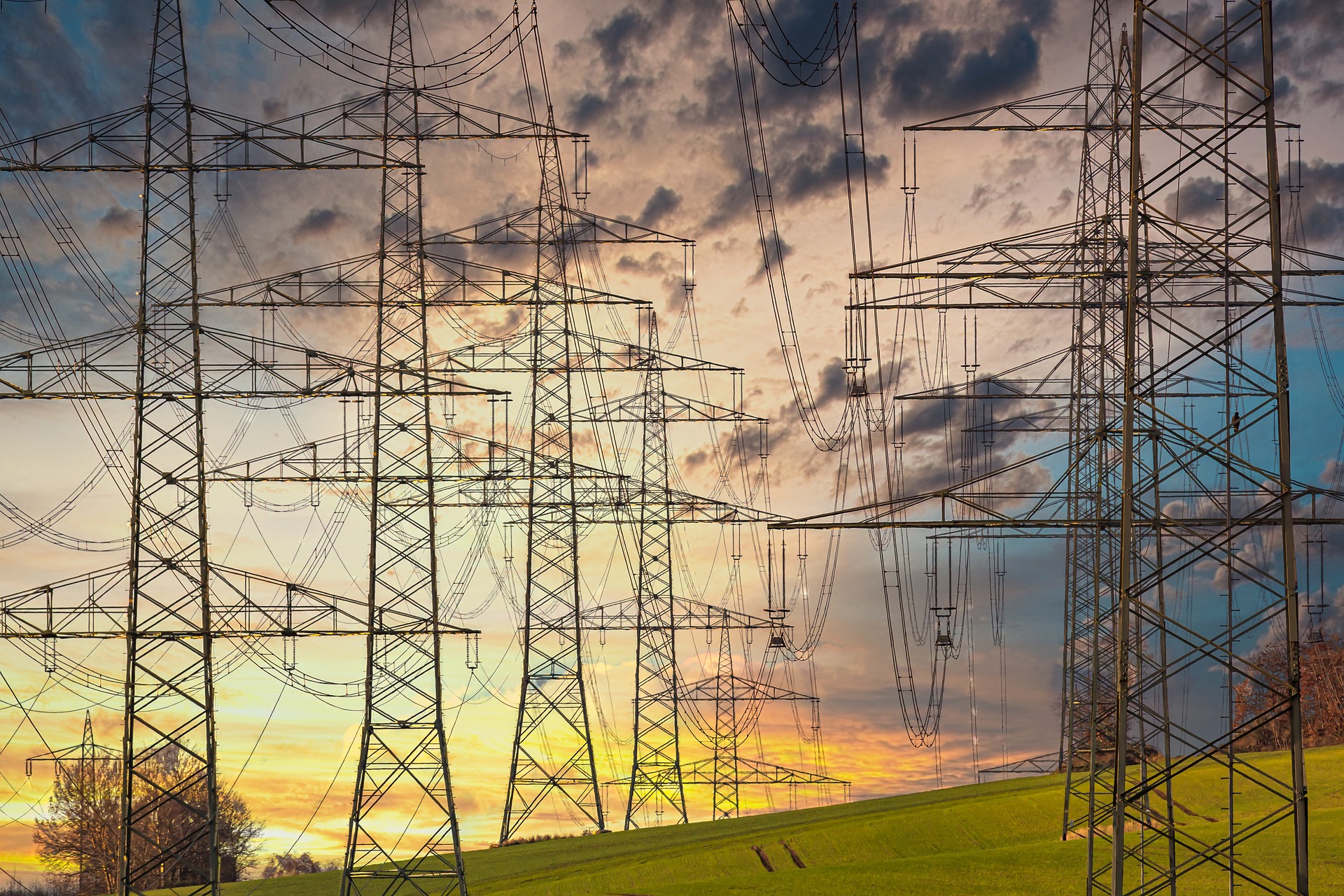Media release
From:
Energy: Modelling increases in household costs as a result of energy crisis
The total cost of energy for households globally could have increased between 62.6% and 112.9% as a result of energy price changes since Russia invaded Ukraine, according to a modelling study published in Nature Energy.
Russia’s invasion of Ukraine caused global energy prices to rise dramatically in 2022, exacerbating existing price increases due to rising demand from the post-pandemic economic recovery. Households saw increases in their energy bills for heating, cooling, and mobility as well as in the cost of other goods and services throughout global supply chains. As a result many governments introduced support packages to help households and businesses. Understanding the distribution of energy price impacts is important for providing more targeted support as the crisis continues.
Klaus Hubacek, Yuli Shan, and colleagues modelled the direct and indirect impacts of increased energy prices on 201 expenditure groups (representing populations with different consumption levels in half-percentiles) from 116 countries, covering 87.4% of the global population. They constructed energy price scenarios for coal and coal products, crude oil and petroleum products, and natural gas based on their average prices across different periods between February and September 2022. This was combined with a multi-regional input–output method to estimate how these price changes impacted household energy costs. The authors suggest that the total energy cost for households increased by 62.6–112.9%. This contributes to a 2.7–4.8% increase in household expenditure. They estimate that an additional 78–141 million people worldwide could be pushed into extreme poverty as a result of these increases.
The authors indicate that targeted energy assistance could aid vulnerable households and highlight the need for support due to the increased costs of necessities such as food. They emphasise that short-term policies addressing the cost-of-living crisis must be in line with climate-mitigation goals and other long-term sustainable development commitments. They conclude that multilateral action is needed to address inequalities in accessing affordable energy globally.



 International
International



